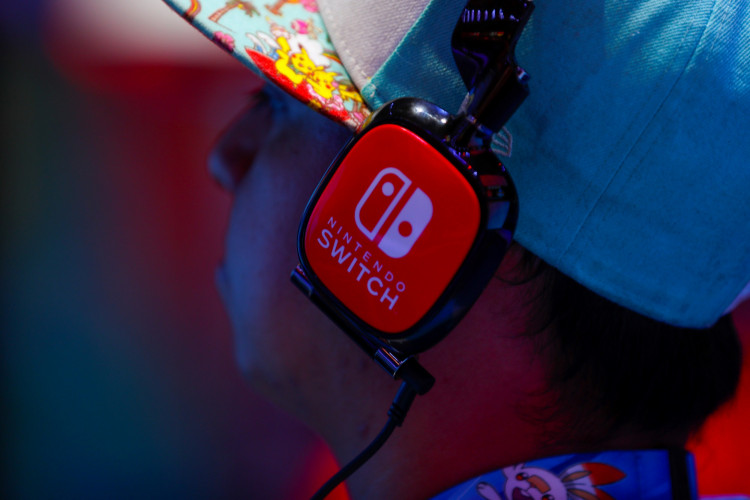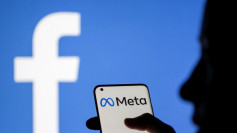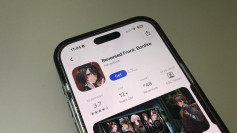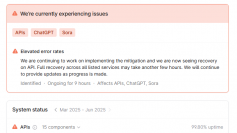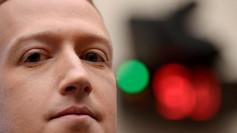Nintendo Switch owners are the latest target of malicious attacks. Many users have reported that there's been a wave of unauthorized account access attempts, in what appears to be a significant spate of attacks.
Notable Nintendo fan Pixelpar who runs the fans site LootPots said on Twitter that his account has been accessed "numerous times overnight" from new locations. He also received several email messages warning him of the breach.
Posts on social media and game forums indicate that the issue is widespread, with accounts accessed from countries such as Russia, Chile, and the U.S. A string of posts from disgruntled players is all over the web, claiming that their Paypal accounts are being used to purchase hundreds of dollars of games or Fornite's V-bucks, its in-game currency. What's worse, ZDNet has found adverts from hackers selling those V-bucks.
Other services have been experiencing similar attacks using passwords that are re-used elsewhere online. It's common for a lot of people to use the same password over and over again, and the event that one site gets exposed via a data breach, attackers would attempt to use the same password on numerous other sites in hopes of finding a match. However, some users are saying that they are using a unique password for their Nintendo account.
Nintendo has issued a statement saying that it is now actively investigating the matter.
"We are aware of reports of unauthorized access to some Nintendo Accounts and we are investigating the situation," a Nintendo spokesperson told Eurogamer in response.
A little over a week ago, Nintendo did encourage fans to enable enhanced verification for their Nintendo accounts. Two-factor authentication is a fairly simple process and merely takes a minute or two. It's an effective layer of security, especially if you are using PayPal or other forms of payment methods linked to your account.
Nintendo also allows account owners to review their Sign-In History in order to check where their accounts are logged in. This feature can be found under the Sign-in and Security Settings. Once you're there, you will be able to review the places your account has been accessed. If you see an unfamiliar place or country you haven't been to, immediately change your password.
It's unclear how users might be vulnerable, but to be safe, check your account manually for breaches and turn on two-factor authentication now. Look into your email for breach notices as well.
